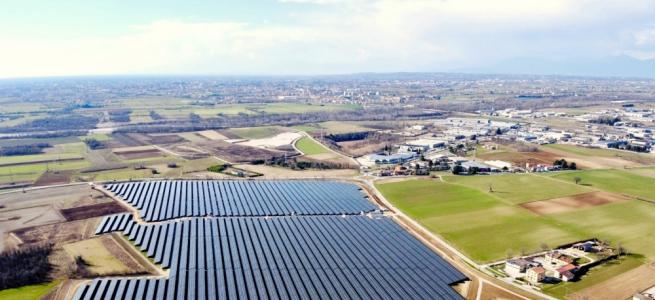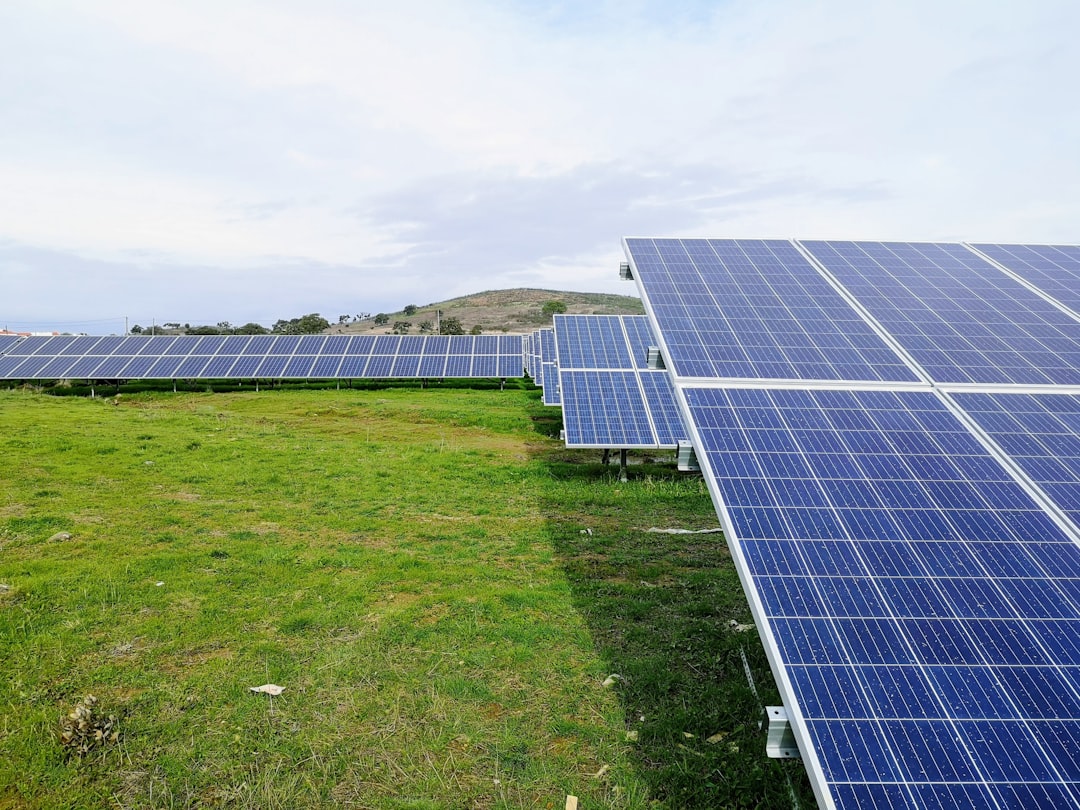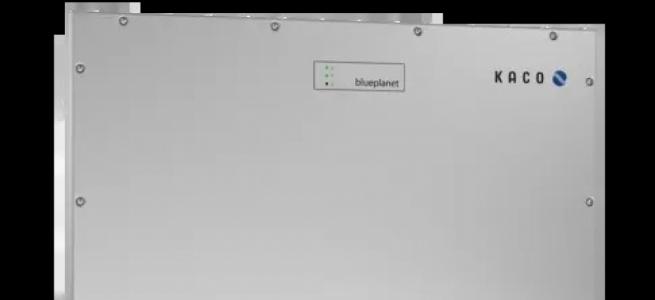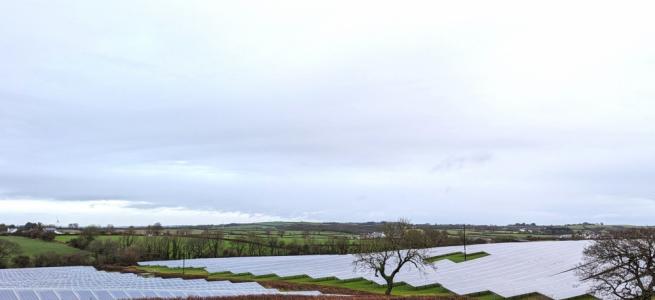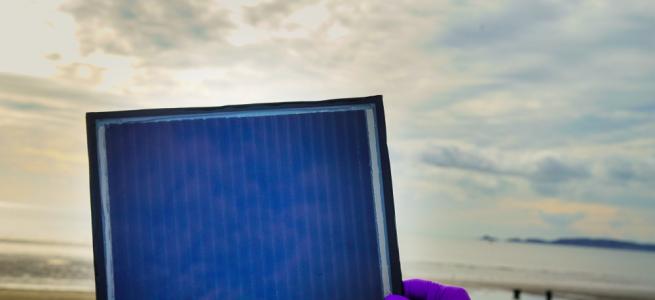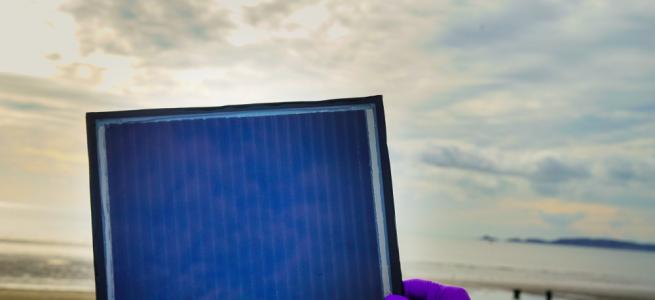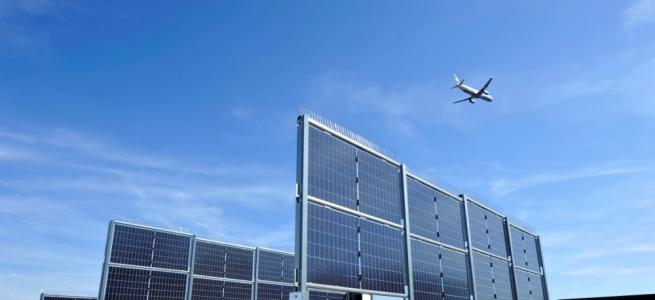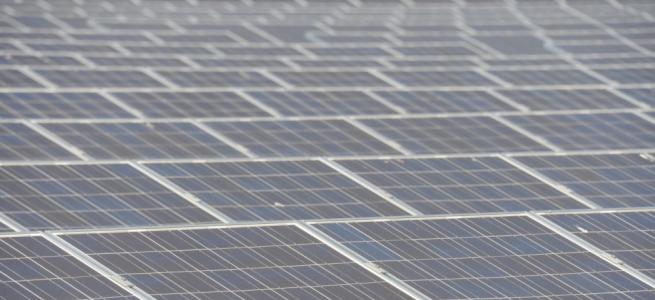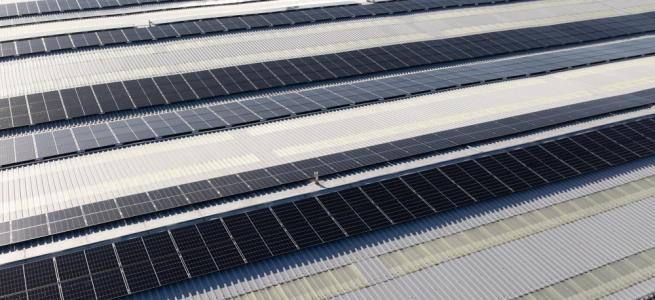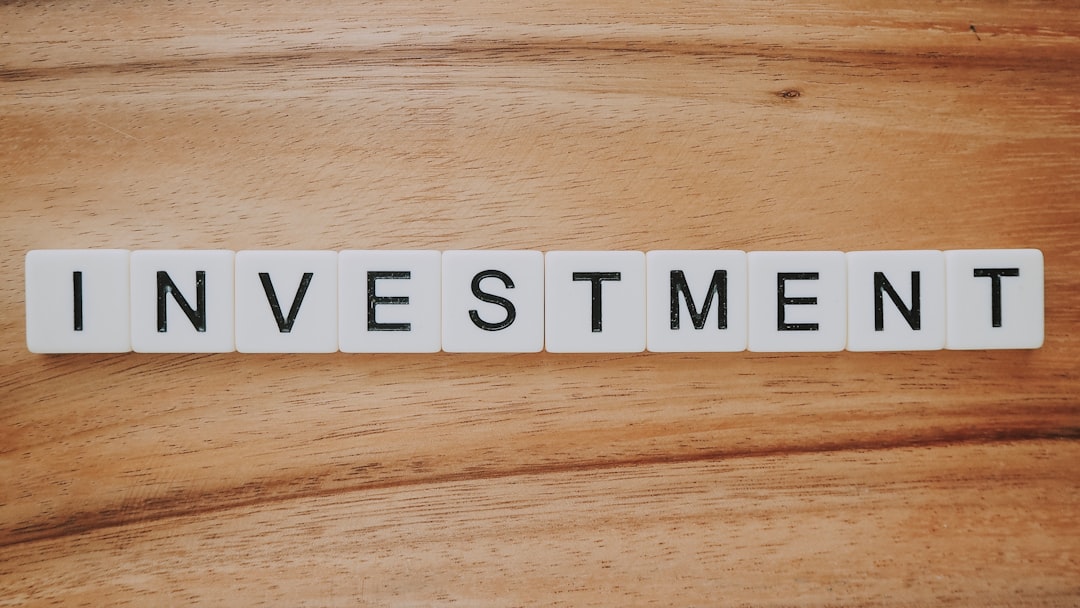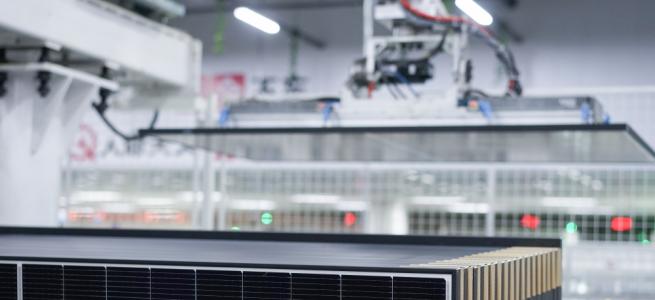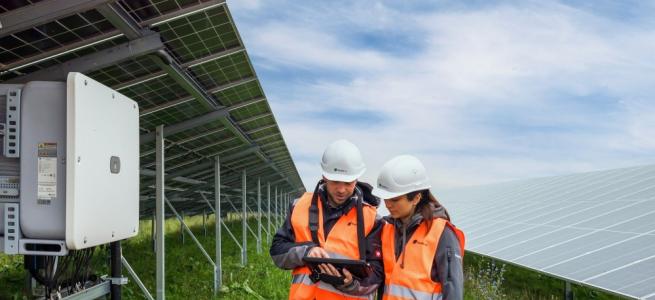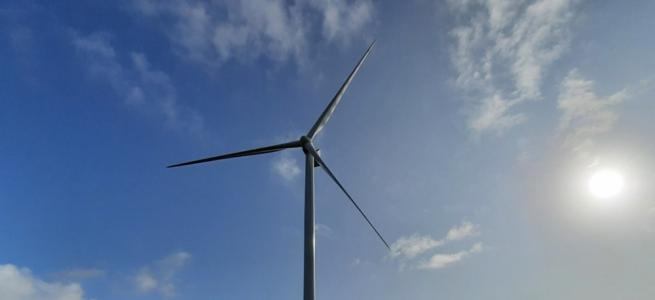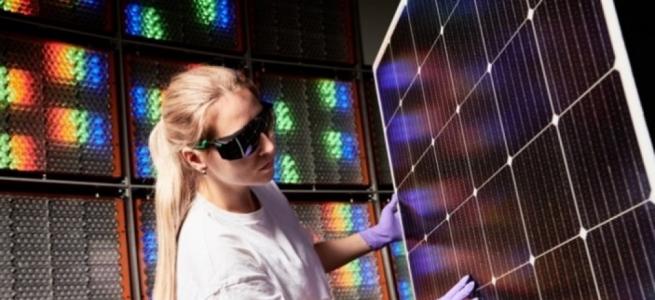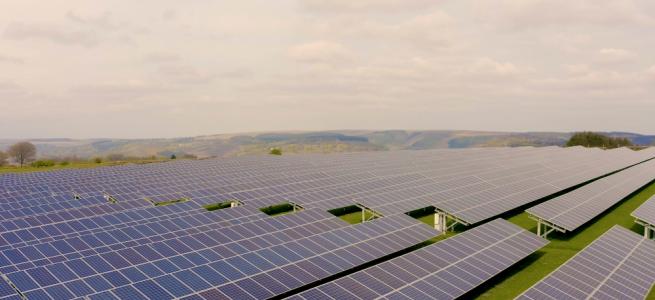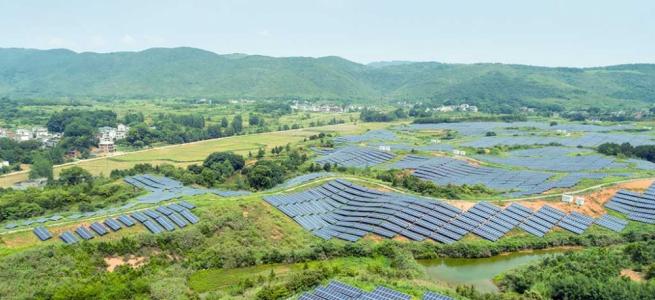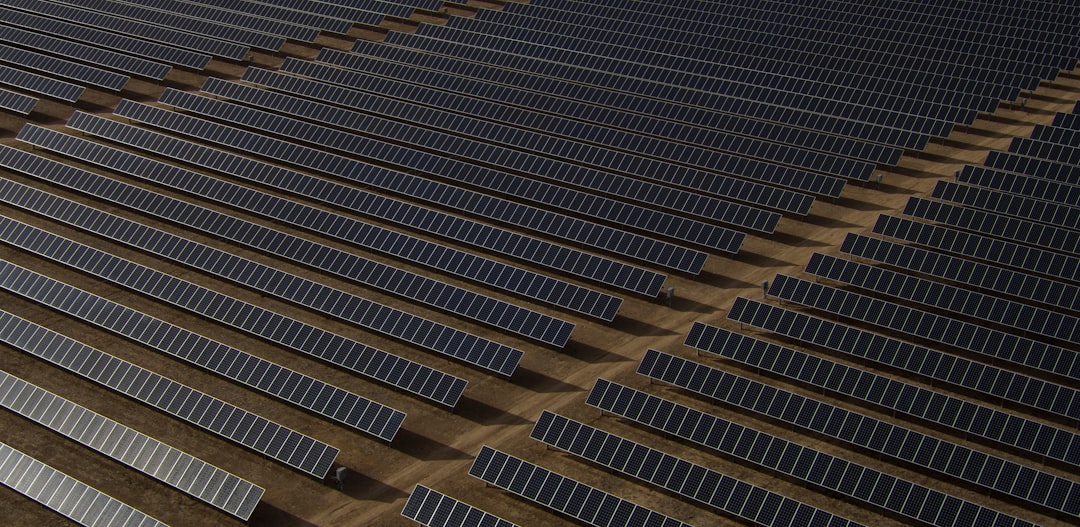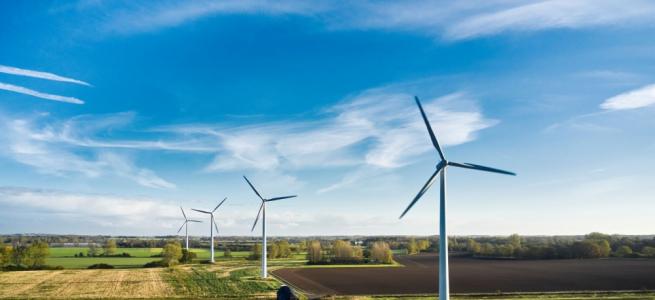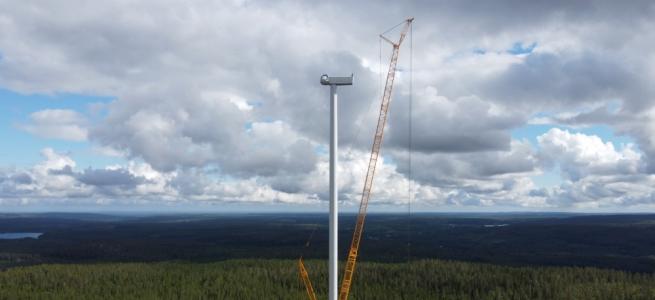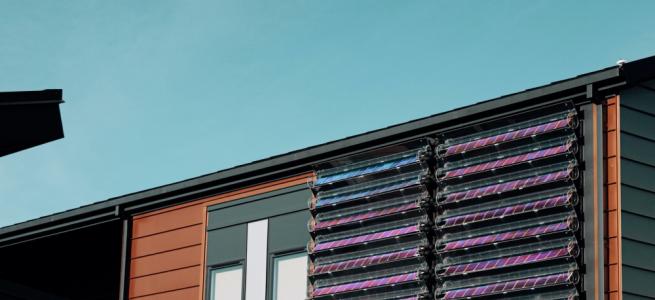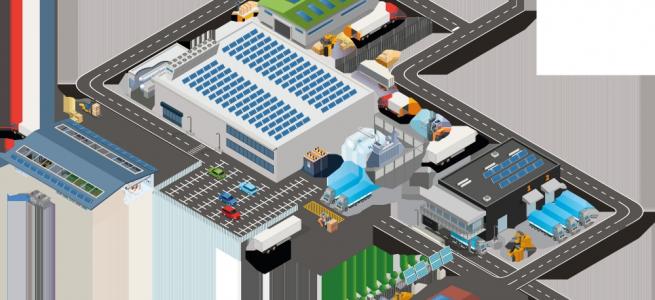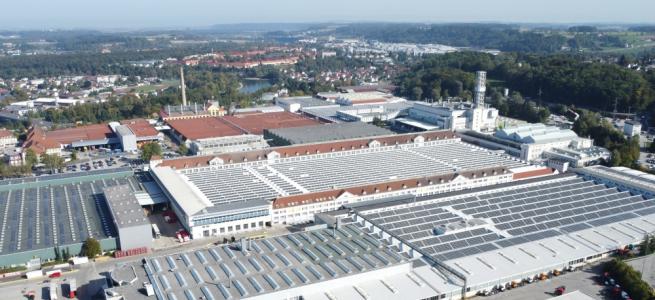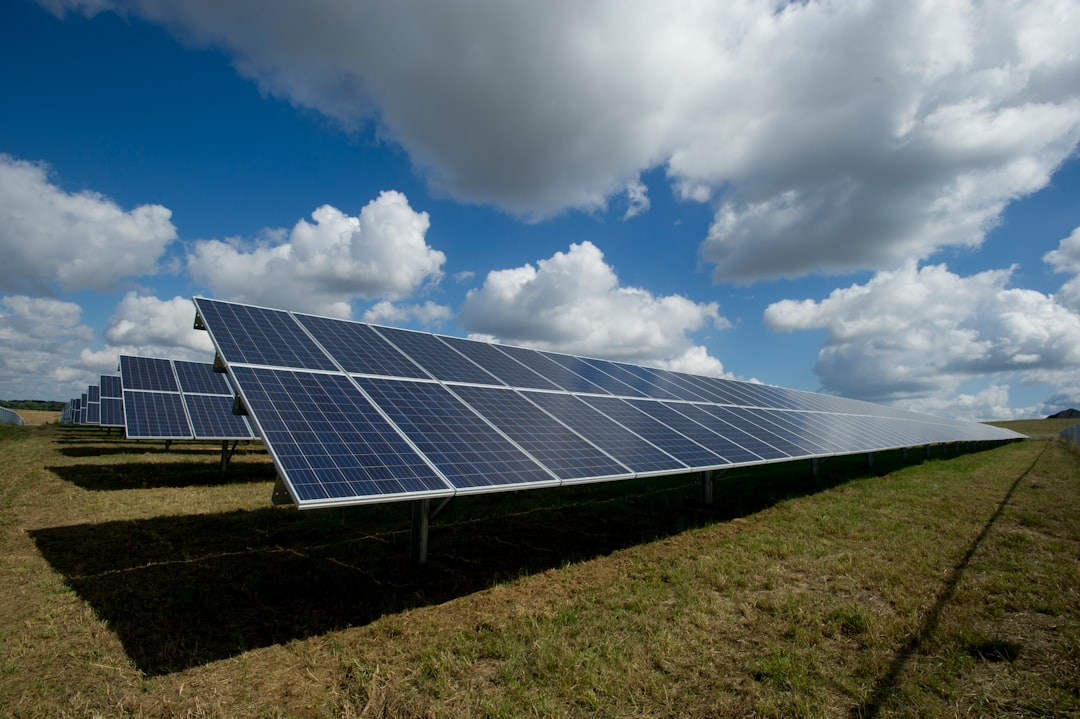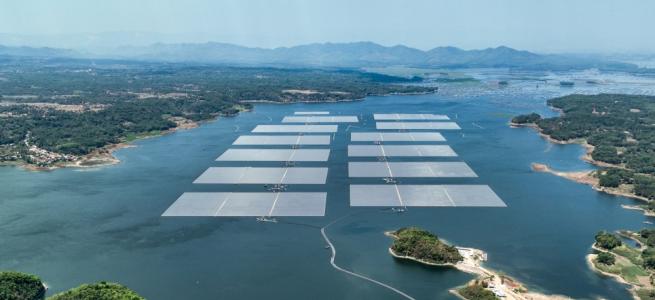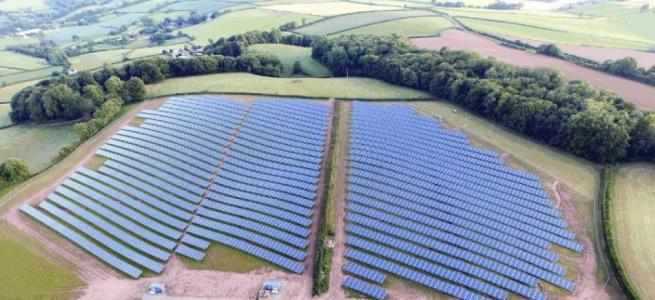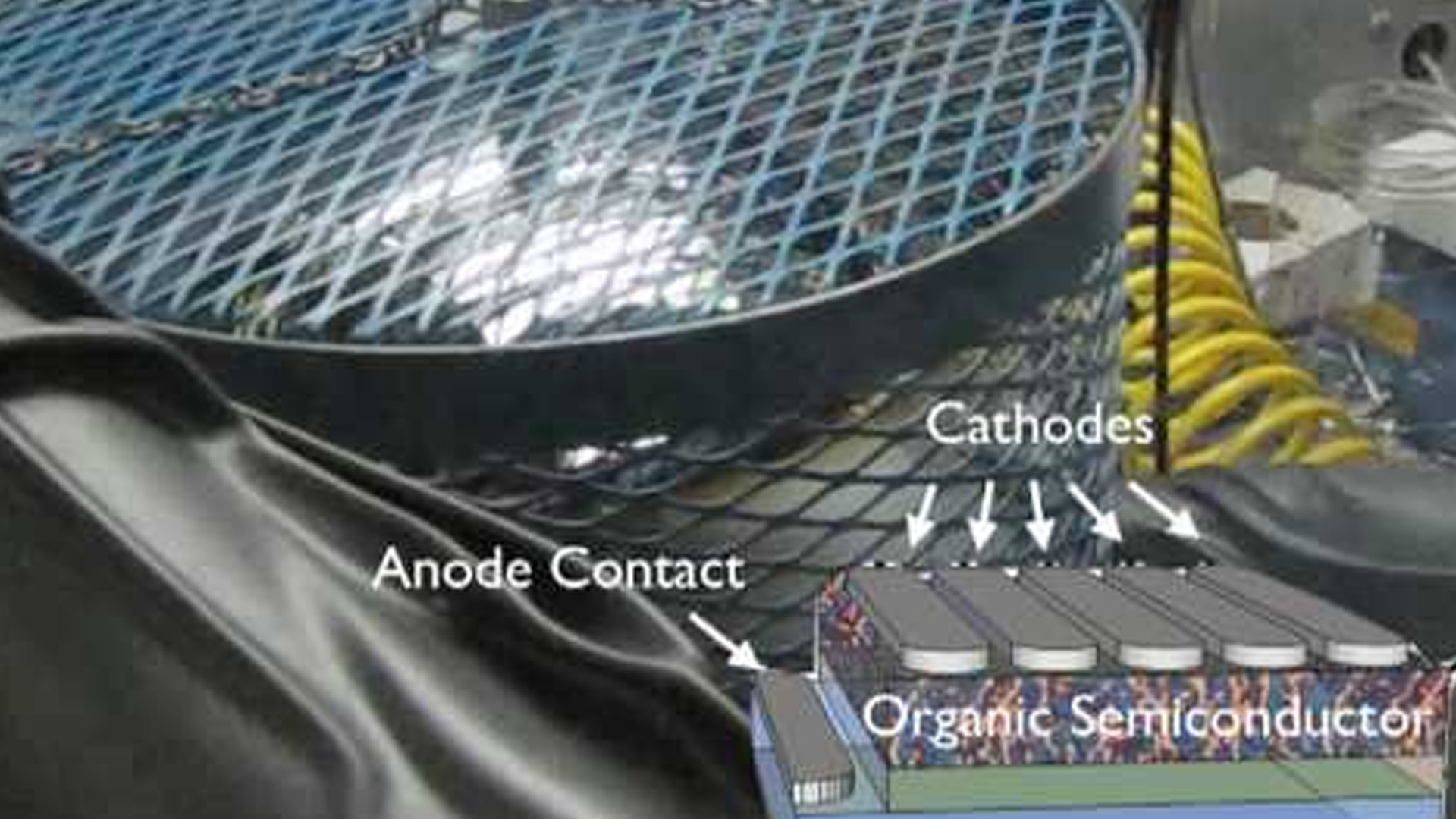News Article
New silicon manufacturing approach cuts costs
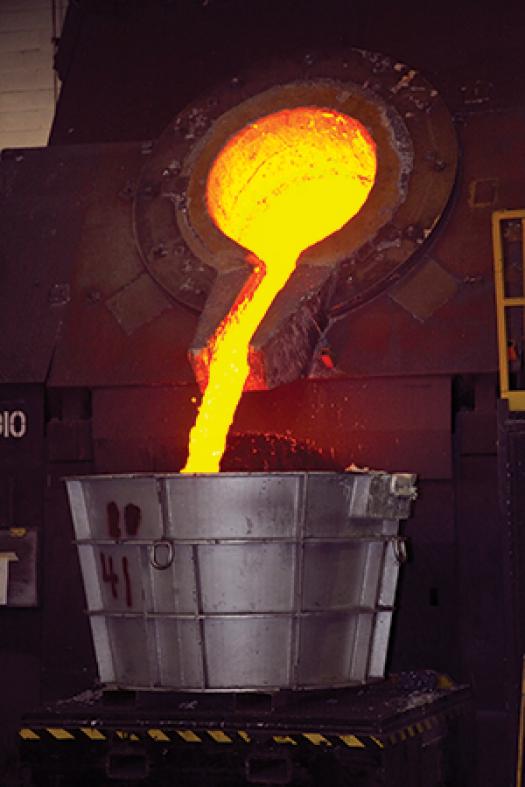
The PV industry thrives on innovation, yet manufacturing polysilicon has not undergone significant process changes in decades. Silicor Materials aims to make its mark by cutting time and materials costs through its new solar silicon process. Terry Jester, Chairman and CEO, Silicor Materials explains.
Unlike most segments of the PV supply chain, polysilicon production has not experienced transformative innovation since the 1960s. The vast majority of the solar industry's polysilicon has been produced using the Siemens process, which results in electronic-grade (EG) silicon best suited for use in the semiconductor industry. However, a new method produces silicon that can be used for high-efficiency solar panels. This method uses two-phase changes instead of the four required for EG silicon; it is dramatically less energy intensive than the Siemens process and avoids the use of toxic materials like silane gases.
Where are we today?
2015 was the biggest year on record for the solar PV industry, and 2016 is promising to be even bigger. In addition to favorable government mandates and increased awareness of climate change, a major contributor to solar's momentum is the falling cost of photovoltaic (PV) equipment. While lower prices benefit end-users and the solar industry as a whole, these ever-falling figures have proven to hold unintended consequences for the manufacturers at the heart of the supply chain. The cost of the individual components that make up modules has simply not fallen at the same rate as module prices, leaving producers struggling to operate on shrinking profit margins.
Improving the PV supply chain
Although prices have dropped in recent years, silicon is still the single most expensive component in the entire PV supply chain. This is because for more than 50 years, the solar industry has relied primarily on one method to produce its polysilicon: the Siemens process. Currently responsible for approximately 90 percent of polysilicon production, the Siemens process was designed to produce extremely pure electronic-grade (EG) silicon that is well suited for use in consumer electronics semiconductors. However, because the level of purity required for solar silicon is much lower - just 99.9999 percent, versus the 99.9999999 percent purity needed for EG silicon - implementing the energy-intensive Siemens process has proven to be an inefficient and high-cost burden on solar manufacturers. Rising solar demand coupled with the pressure on manufacturers to improve their pricing structures is only exacerbating this challenge.
Today, Silicor Materials is working to bring that price back down by engineering a next-generation process for solar silicon production. Silicor Materials produces lower-cost, environmentally friendly silicon designed specifically for the solar industry.
The silicor process
To appreciate the value of this new process, it is first important to understand the steps required for EG silicon production. The Siemens process is a chemical method that encompasses a total of four phase changes: solid-to-liquid, liquid-to-gas, gas-to-liquid and liquid-to-solid. The energy required to accomplish this is considerable - up to 125 kWh to produce a single kilogram of EG silicon. The need to manage four phase changes demands that Siemens-type production facilities be capital intensive. In Europe alone, approximately 30 percent of the cost of silicon stems from electricity expenses. Additionally, the Siemens method involves the use of potentially hazardous substances like silane gas and creates a number of byproducts like silicon tetrachloride that must be carefully monitored, managed and disposed.
By contrast, Silicor uses molten aluminum to dissolve the raw silicon, doing so at far lower temperatures than other silicon producers. The aluminum naturally draws out the impurities in the metallurgical silicon, and as a result, the product undergoes only two phase changes - solid-to-liquid, and liquid back to solid - and uses just 10-25 kWh per kilogram of material produced.
The Silicor process does not use high-risk substances and creates zero hazardous byproducts. Instead, the process yields two aluminum-based byproducts: an aluminum alloy and polyaluminum chloride, which can be sold for use in industries ranging from automotive and aerospace to wastewater treatment.
Building a clean future for solar silicon
To date, pilot-scale production of Silicor's solar silicon has yielded enough material to power more than 20 million PV cells in projects worldwide. Silicor is now expanding that operation considerably with its first commercial-scale production plant. The facility, which has a nameplate capacity of 16,000 metric tons annually, will place Silicor among the world's six largest producers by volume. The plant is expected to be operational in late 2018. After a selective international scouting mission to site its plant, Silicor Materials found its home in Grundartangi, Iceland. Although an unlikely candidate on the surface, Iceland is a perfect match for Silicor's operations for a number of reasons, including a shared commitment to environmentally conscious operations. The country is home to an abundance of both hydropower and geothermal power, enabling Silicor to source 100 percent of its electricity needs from clean, renewable sources. Iceland is also a major hub for world-class aluminum partners, addressing feedstock and off-take needs without complicated transportation logistics - or the emissions associated with them.
To further reduce its environmental impact, Silicor recently announced a plan to achieve carbon neutrality at its Iceland site. With support from the Icelandic Forestry Association and the Icelandic Environment Association, the company will fund the planting of more than 26,000 trees across Iceland. This measure will offset approximately 2,800 tons of CO2 annually, which covers both the entirety of Silicor's process and the transportation logistics of manufacturing, shipping and receiving at the facility.
Silicor's technology represents one of the first major upstream PV innovations in recent years, but it is only one part of the solution. There is ample opportunity for the industry to optimize its technologies and processes, especially during this period of intense growth. Together, industry players can achieve meaningful cost reduction across the solar supply chain - and do it with an eye toward environmental stewardship. Silicor Materials is proud to be leading this charge.
(C) - Read more at the original source:
http://www.publishing.ninja/V2/page/2135/128/8/1
Where are we today?
2015 was the biggest year on record for the solar PV industry, and 2016 is promising to be even bigger. In addition to favorable government mandates and increased awareness of climate change, a major contributor to solar's momentum is the falling cost of photovoltaic (PV) equipment. While lower prices benefit end-users and the solar industry as a whole, these ever-falling figures have proven to hold unintended consequences for the manufacturers at the heart of the supply chain. The cost of the individual components that make up modules has simply not fallen at the same rate as module prices, leaving producers struggling to operate on shrinking profit margins.
Improving the PV supply chain
Although prices have dropped in recent years, silicon is still the single most expensive component in the entire PV supply chain. This is because for more than 50 years, the solar industry has relied primarily on one method to produce its polysilicon: the Siemens process. Currently responsible for approximately 90 percent of polysilicon production, the Siemens process was designed to produce extremely pure electronic-grade (EG) silicon that is well suited for use in consumer electronics semiconductors. However, because the level of purity required for solar silicon is much lower - just 99.9999 percent, versus the 99.9999999 percent purity needed for EG silicon - implementing the energy-intensive Siemens process has proven to be an inefficient and high-cost burden on solar manufacturers. Rising solar demand coupled with the pressure on manufacturers to improve their pricing structures is only exacerbating this challenge.
Today, Silicor Materials is working to bring that price back down by engineering a next-generation process for solar silicon production. Silicor Materials produces lower-cost, environmentally friendly silicon designed specifically for the solar industry.
The silicor process
To appreciate the value of this new process, it is first important to understand the steps required for EG silicon production. The Siemens process is a chemical method that encompasses a total of four phase changes: solid-to-liquid, liquid-to-gas, gas-to-liquid and liquid-to-solid. The energy required to accomplish this is considerable - up to 125 kWh to produce a single kilogram of EG silicon. The need to manage four phase changes demands that Siemens-type production facilities be capital intensive. In Europe alone, approximately 30 percent of the cost of silicon stems from electricity expenses. Additionally, the Siemens method involves the use of potentially hazardous substances like silane gas and creates a number of byproducts like silicon tetrachloride that must be carefully monitored, managed and disposed.
By contrast, Silicor uses molten aluminum to dissolve the raw silicon, doing so at far lower temperatures than other silicon producers. The aluminum naturally draws out the impurities in the metallurgical silicon, and as a result, the product undergoes only two phase changes - solid-to-liquid, and liquid back to solid - and uses just 10-25 kWh per kilogram of material produced.
The Silicor process does not use high-risk substances and creates zero hazardous byproducts. Instead, the process yields two aluminum-based byproducts: an aluminum alloy and polyaluminum chloride, which can be sold for use in industries ranging from automotive and aerospace to wastewater treatment.
Building a clean future for solar silicon
To date, pilot-scale production of Silicor's solar silicon has yielded enough material to power more than 20 million PV cells in projects worldwide. Silicor is now expanding that operation considerably with its first commercial-scale production plant. The facility, which has a nameplate capacity of 16,000 metric tons annually, will place Silicor among the world's six largest producers by volume. The plant is expected to be operational in late 2018. After a selective international scouting mission to site its plant, Silicor Materials found its home in Grundartangi, Iceland. Although an unlikely candidate on the surface, Iceland is a perfect match for Silicor's operations for a number of reasons, including a shared commitment to environmentally conscious operations. The country is home to an abundance of both hydropower and geothermal power, enabling Silicor to source 100 percent of its electricity needs from clean, renewable sources. Iceland is also a major hub for world-class aluminum partners, addressing feedstock and off-take needs without complicated transportation logistics - or the emissions associated with them.
To further reduce its environmental impact, Silicor recently announced a plan to achieve carbon neutrality at its Iceland site. With support from the Icelandic Forestry Association and the Icelandic Environment Association, the company will fund the planting of more than 26,000 trees across Iceland. This measure will offset approximately 2,800 tons of CO2 annually, which covers both the entirety of Silicor's process and the transportation logistics of manufacturing, shipping and receiving at the facility.
Silicor's technology represents one of the first major upstream PV innovations in recent years, but it is only one part of the solution. There is ample opportunity for the industry to optimize its technologies and processes, especially during this period of intense growth. Together, industry players can achieve meaningful cost reduction across the solar supply chain - and do it with an eye toward environmental stewardship. Silicor Materials is proud to be leading this charge.
(C) - Read more at the original source:
http://www.publishing.ninja/V2/page/2135/128/8/1


